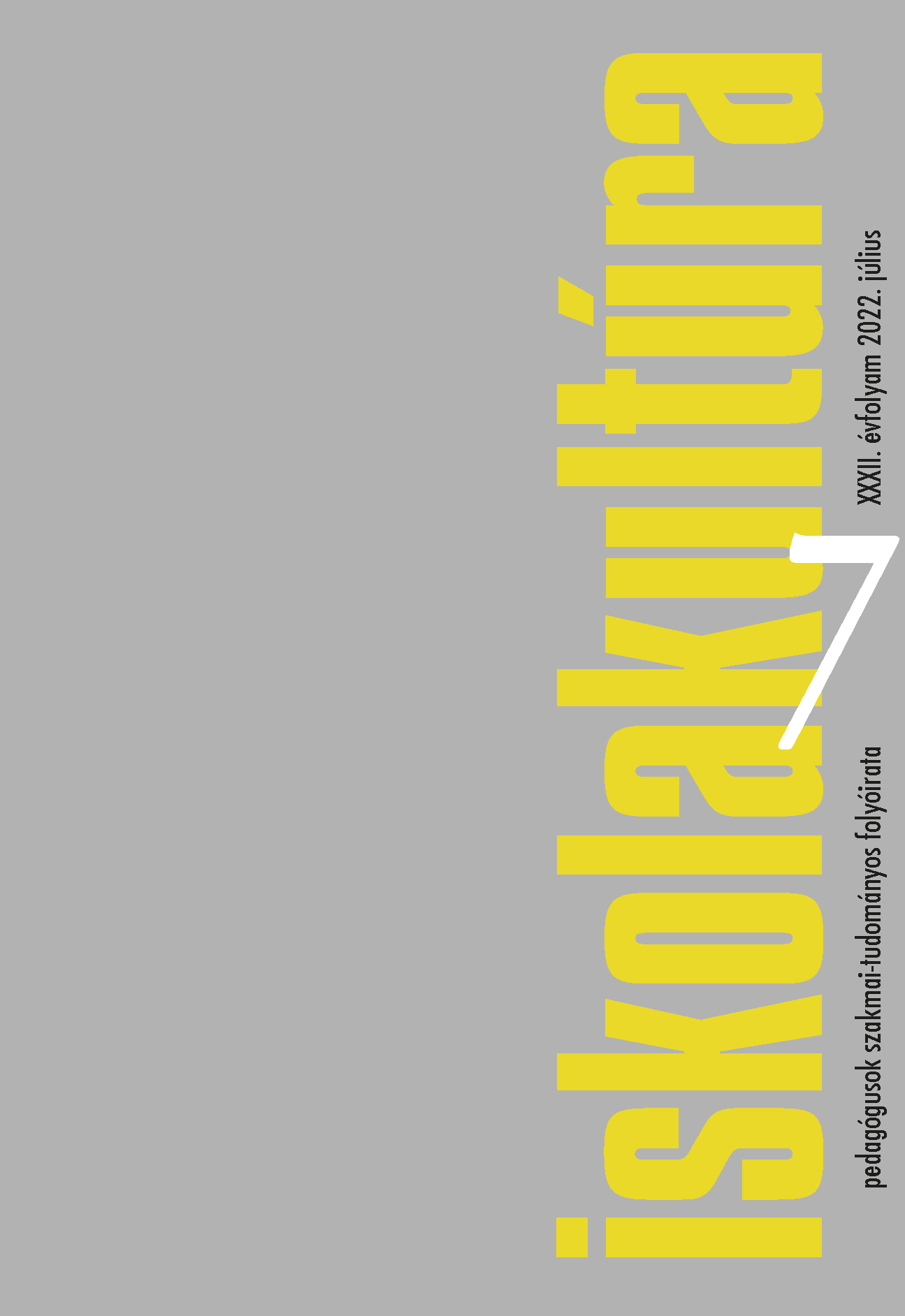Can schools contribute to the reduction of social distance between the Hungarian majority and the Roma minority groups? Perceptions of teachers in Szeklerland
Main Article Content
Abstract
In this study, I analyse the narratives of teachers who teach in Roma-majority or Roma-only classrooms. The analysis focused on the teachers’ personal experiences of working with Roma pupils and parents and their interpretation of these experiences, the teachers’ cultural attitudes (ethnocentric – non-ethnocentric) and the content related to the different perceptions. The basic research method is a semi-structured interview, supplemented by participant observation. The focus of the research is on a few schools in the Csík Basin (Harghita County, Romania) where the proportion of Roma pupils exceeds 25%. The interviews support previous findings on Roma-Hungarian coexistence in the region: the two communities, Roma and non-Roma, live in two separate, parallel worlds with very little interaction. Schools could be one of the places of contact between the two communities, to get to know each other better and to reduce the social distance between the two groups. However, everyday school practice shows that in reality and under the present circumstances schools can’t fulfil this role.

